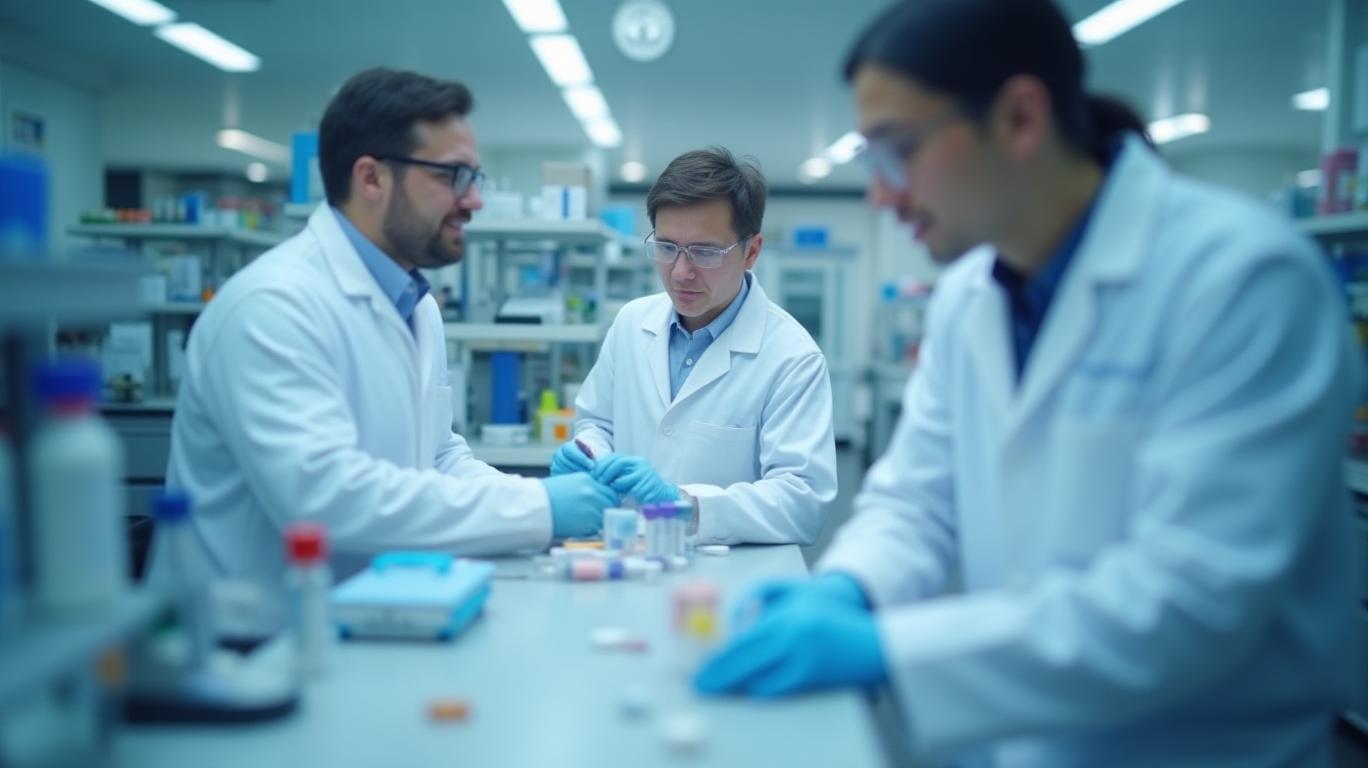Ligand Pharmaceuticals’ Q1 2025: Navigating Headwinds with a Resilient Royalty Model
Ligand Pharmaceuticals (NASDAQ: LGND) has long been a poster child for the “royalty aggregation” business model, leveraging its platform of drug development technologies and strategic equity stakes to generate recurring revenue streams. In Q1 2025, the company delivered a performance that underscored its resilience despite headwinds tied to non-operational accounting charges. Let’s dissect the results and assess their implications for investors.
Financial Highlights: Growth Amid Accounting Noise
Ligand’s Q1 2025 revenues surged 46% year-over-year to $45.3 million, driven by three pillars:
1. Royalty Revenue: Up 44% to $27.5 million, fueled by strong sales of Qarziba (Recordati’s treatment for rare diseases) and Filspari (Travere’s therapy for IgA nephropathy).
2. Captisol Sales: Increased 47% to $13.5 million, reflecting higher customer demand for its patented drug-stabilizing technology.
3. Contract Revenue: Rose to $4.4 million, though specifics remain vague.
The headline GAAP net loss of $42.5 million ($2.21 per share) was a stark contrast to Q1 2024’s profit, but this was entirely due to a one-time, non-cash charge of $44.3 million tied to Ligand’s partnership with Castle Creek Biosciences. Excluding this and other adjustments, adjusted net income rose 22% to $26.6 million ($1.33 per share), aligning with management’s focus on operational metrics.

Strategic Momentum: Building for Long-Term Value
Ligand’s Q1 wasn’t just about revenue—it was about accelerating its pipeline of high-potential therapies. Key moves include:
- Pelthos/Channel Therapeutics Merger: Ligand contributed $18 million to a $50 million capitalization of the merged entity, now named Pelthos Therapeutics. This venture aims to commercialize ZELSUVMI, the first FDA-approved treatment for molluscum contagiosum, a viral skin infection. Ligand retains significant equity and royalty rights, positioning itself to profit from a market with limited treatment options.
- Castle Creek Biosciences Investment: Ligand led a $75 million financing round for Castle Creek’s Phase 3 trial of D-Fi (FCX-007) for dystrophic epidermolysis bullosa (DEB), a rare genetic skin disorder. Ligand’s $50 million commitment secures a mid-single-digit royalty on future sales, capitalizing on a therapy with Orphan Drug Designation and high unmet medical need.
- Partner Product Wins:
- Ohtuvayre (Verona Pharma): Sales jumped 95% sequentially to $71.3 million, as the inhaled therapy gains traction for chronic obstructive pulmonary disease (COPD).
- Capvaxive (Merck): A pneumococcal vaccine saw sales double year-over-year to $107 million, highlighting its growing adoption in adult immunization programs.
Risks and Challenges
While Ligand’s strategy is compelling, risks linger:
- Dependence on Partners: Revenue hinges on third-party drug approvals and commercial success. For instance, Travere’s Filspari faces a potential FDA decision on an expanded indication for focal segmental glomerulosclerosis (FSGS) in mid-2025.
- Regulatory Delays: Pelthos’ ZELSUVMI and Castle Creek’s D-Fi must navigate FDA timelines, which could impact timelines for royalty generation.
- Balance Sheet Management: Ligand’s cash balance of $208.9 million (including $24.2 million in Viking Therapeutics stock) remains robust, but its equity stakes are subject to market volatility.
Valuation and Forward Outlook
Ligand reaffirmed its 2025 guidance:
- Total Revenue: $180–200 million (+17% to +35% growth over 2024).
- Adjusted EPS: $6.00–6.25, up from $5.36 in 行2024.
Conclusion: A Compelling, Yet Nuanced Story
Ligand’s Q1 results paint a company thriving in its niche: leveraging low-risk, high-margin royalties while selectively investing in high-potential therapies. The adjusted EPS growth of 22% and diversified revenue streams (royalties at 61% of Q1 revenue) suggest a durable model. Key catalysts in 2025—such as ZELSUVMI’s commercial launch and D-Fi’s DEB trial data—could further solidify Ligand’s position.
However, investors must remain mindful of execution risks. The one-time charge in Q1 highlights the volatility of accounting treatments, and partner-dependent therapies require patience. That said, Ligand’s cash reserves, strong pipeline, and track record of disciplined capital allocation make it a high-conviction buy for investors with a 3–5 year horizon.
As CEO Todd Davis noted, the royalty model is “proven and resilient.” In a biotech sector rife with financing challenges, Ligand’s approach—minimizing upfront R&D risk while maximizing upside—may prove prescient. For now, the numbers suggest a company on track to deliver sustained growth.


_442a2dcc1749832873286.jpeg)
_e68fac6d1749831664430.jpeg)






